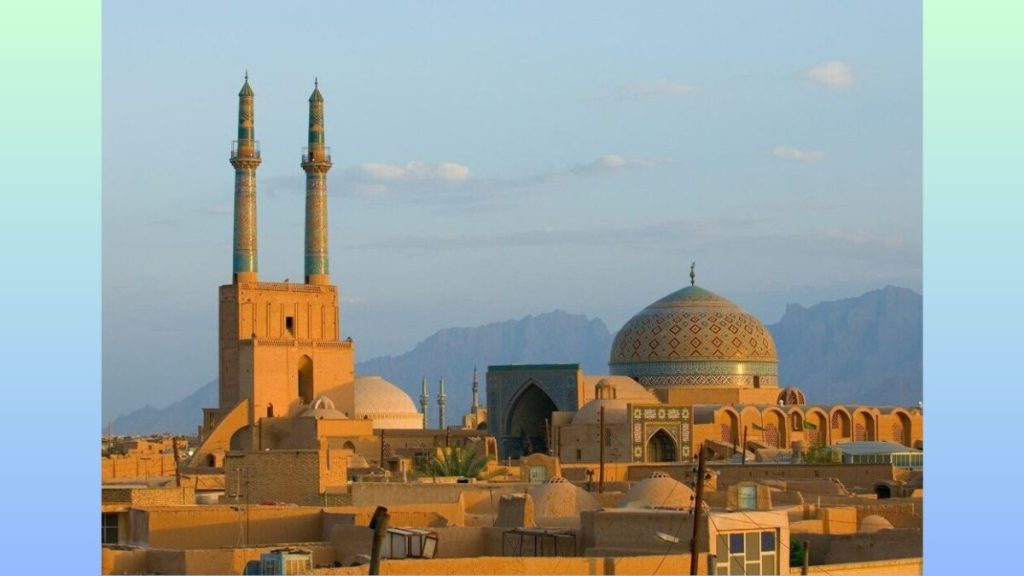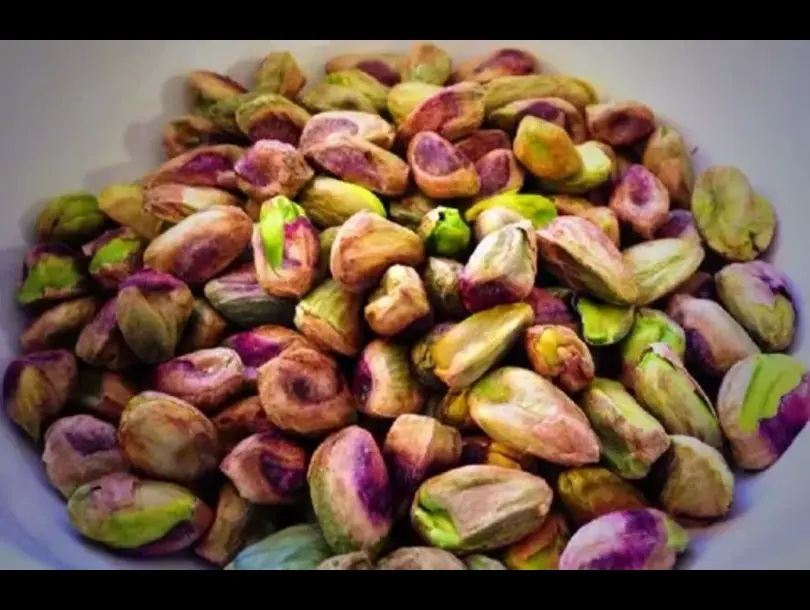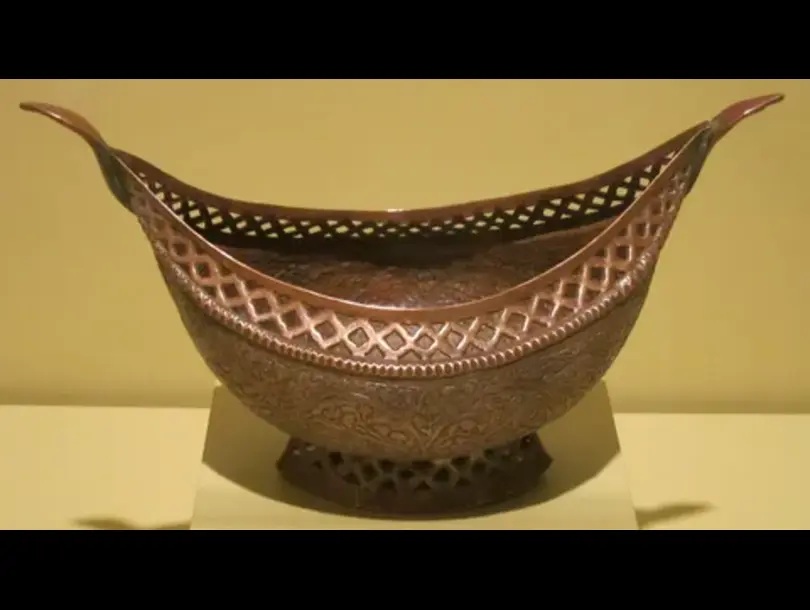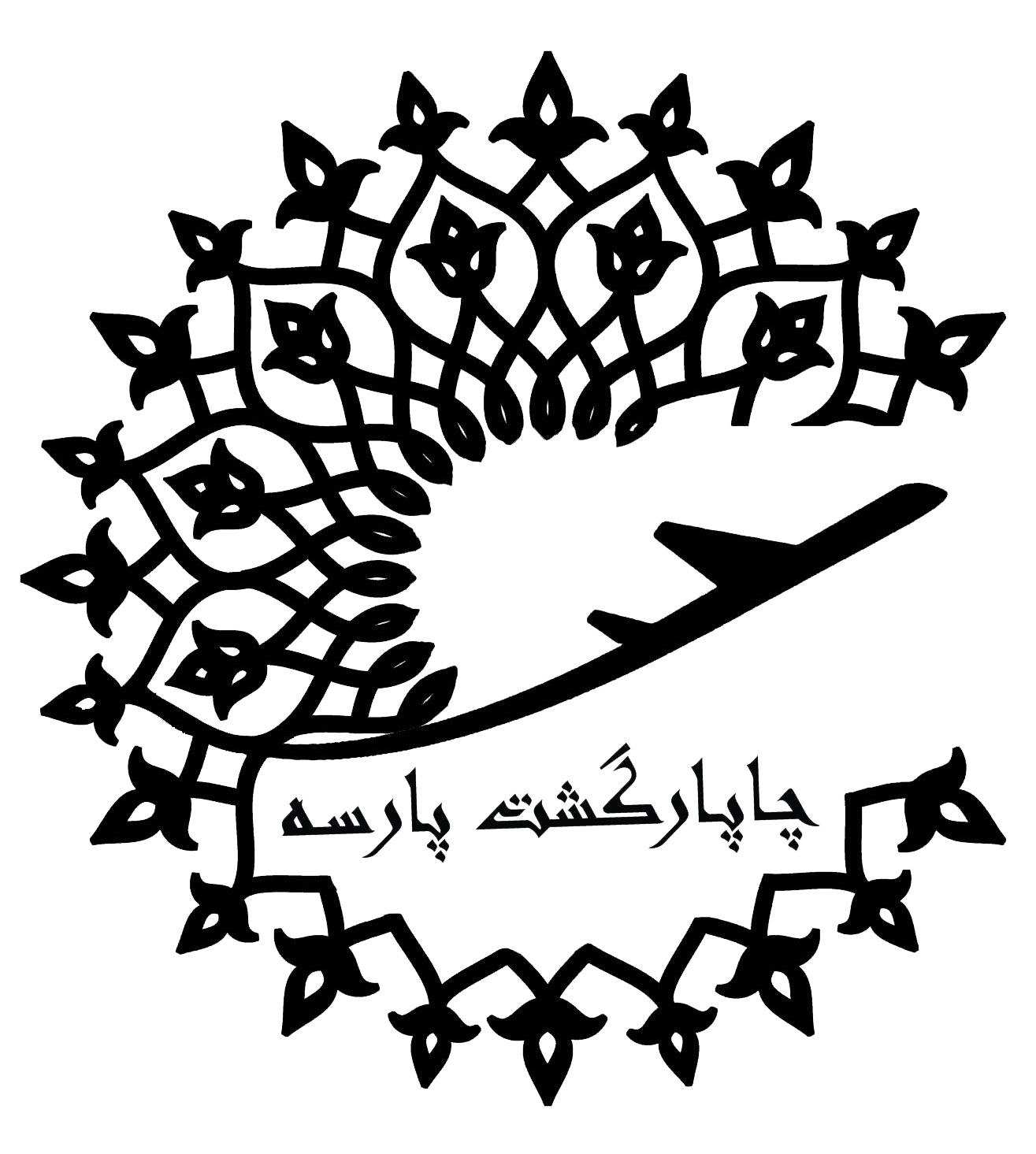
Iranian Products for Export showcase the country's finest offerings, from luxurious Persian rugs and saffron to pistachios. The "RatinKhosh" website provides comprehensive details about these products.
When people think of Iran, their minds often drift toward its ancient history, beautiful architecture, and poetic traditions. However, what many travelers and enthusiasts of global culture overlook is Iran’s vibrant economy of unique, high-quality products.
From culinary treasures to artisanal goods, Iran offers a variety of exports that are not just central to its economy but also deeply embedded in its culture. During my travels in the country, I had the chance to see firsthand how these products are made, and more importantly, how Iranians take pride in them. Whether you’re a tourist seeking souvenirs or a businessperson exploring global trade, these are the Iranian products you should absolutely know about.
The Cultural Depth Behind Every Iranian Product
One of the most fascinating aspects of Iranian goods is how deeply they are tied to local culture and daily life. Whether it’s the meticulous weaving of a Persian rug or the traditional method of distilling rosewater, each product has a story rooted in centuries of practice. As a traveler, seeing how these goods are made—by hand, with care, and often within families—gives a completely different appreciation for their value. These are not just commodities; they’re living traditions passed from generation to generation.
Persian Rugs: A Legacy Woven in Threads
One cannot talk about Iranian products without starting with Persian rugs. These handmade masterpieces are more than just floor coverings; they are pieces of art. Each region in Iran, from Tabriz to Kerman, has its own weaving style, patterns, and color schemes.
The intricate designs, natural dyes, and hand-knotting techniques often take months or even years to complete. I visited a small workshop in Isfahan where three generations of a family worked together on a single carpet—it was a powerful experience that underscored the cultural depth behind each rug. Collectors and designers worldwide seek Persian rugs not only for their beauty but also their durability.
Saffron: The Red Gold of Iran
Saffron is often referred to as “red gold,” and for good reason. Iran is the world’s largest producer of saffron, responsible for over 90% of global output. The spice is hand-harvested from crocus flowers and requires thousands of blossoms to produce just a few grams.
I had the pleasure of visiting a saffron farm near Mashhad, where the cool autumn air was filled with the faint scent of the flowers. The farmers were incredibly welcoming, offering warm saffron tea and insights into how the crop is cultivated and dried. Whether for culinary use, traditional medicine, or cosmetics, Iranian saffron is a premium product with unmatched quality.
Pistachios and Dried Fruits: A Nutty Treasure

Iranian pistachios are widely known for their superior taste, size, and nutritional value. They come in different varieties such as Ahmad Aghaei, Fandoghi, and Akbari—each with its own flavor profile and appearance. Alongside pistachios, Iran also exports a wide range of dried fruits like figs, apricots, and barberries, which are used both in local dishes and as healthy snacks worldwide.
Companies like RatinKhosh play a crucial role in this industry. Known for their quality standards and reliable sourcing, RatinKhosh Company is a reputable supplier of pistachios, pistachio-based products, and other Iranian dried fruits and nuts. Their commitment to freshness and authenticity has earned them recognition in international markets.
Having sampled their products myself, I can vouch for the rich, naturally sweet flavor that distinguishes Iranian dried fruits from others. Pistachio butter and paste, in particular, are gaining popularity as health-conscious and gourmet ingredients across various cuisines.
Persian Caviar: Luxury from the Caspian Sea
Not everyone knows that Iran is one of the oldest producers of caviar in the world. The Caspian Sea, shared by Iran and several other countries, is home to the prized Beluga sturgeon. Iranian caviar has long been considered among the finest, often appearing on the menus of luxury restaurants across Europe and Asia.
Although the industry is heavily regulated due to environmental concerns, many producers now use sustainable aquaculture methods to preserve the species while maintaining product quality. During a tasting session in Tehran, I was surprised at how subtle yet rich the flavor was—truly deserving of its luxurious reputation.
Rosewater and Herbal Extracts: Nature’s Fragrant Touch
From the historic town of Kashan comes another gem: rosewater. Every spring, the city holds a festival celebrating the harvest of Damask roses, where visitors can watch the flowers being distilled into fragrant rosewater. This product is not only used in Persian cuisine but also in cosmetics and religious rituals. Beyond rosewater, Iran is rich in herbal extracts like mint, chamomile, and thyme—all widely used in traditional medicine and modern skincare products. The purity and concentration of these extracts make them highly sought after.
Iranian Handicrafts: A Display of Cultural Identity
Handicrafts in Iran go far beyond rugs. From Khatamkari (marquetry) and Minakari (enamel work) to copper engraving and pottery, every craft has its own story and symbolism. In the bazaars of cities like Shiraz and Yazd, I encountered artisans who were not only skilled but deeply passionate about their work. These handmade items are perfect souvenirs that carry a piece of Iranian identity. More importantly, buying them helps support local artisans and keep centuries-old traditions alive.
Dates: The Desert’s Sweet Gift
Grown mainly in the southern provinces like Kerman and Hormozgan, dates are another product Iran excels in. With hundreds of varieties such as Mazafati, Rabbi, and Piarom, Iranian dates cater to diverse tastes and uses.
They are rich in nutrients and have a long shelf life, making them ideal for export. During Ramadan, these dates are especially popular in Middle Eastern countries, where they are a traditional way to break the fast. If you ever get the chance to visit a date farm, don’t miss it—watching the harvest is a serene and educational experience.
Iranian Ceramics and Tiles: Beauty in Every Pattern
Iranian tiles and ceramics, especially those seen in mosques and historical buildings, are a testament to the country’s rich artistic legacy. The blend of turquoise, cobalt blue, and earthy colors creates mesmerizing patterns that have inspired architects and designers worldwide. Modern artisans continue this tradition by producing decorative tiles and ceramics for home and architectural use. They make for exquisite decor items that also serve as conversation starters.
Iranian Sweets: A Taste of Culture
From Gaz and Sohan to Baklava and Ranginak, Iranian sweets offer a delightful culinary experience. These treats are often flavored with rosewater, saffron, and cardamom, giving them a unique profile unlike any other.
I recall being invited to a family home in Yazd where the host served homemade sweets with a strong, aromatic tea. It was more than just dessert—it was hospitality in its purest form. Many of these sweets are now packaged for export, allowing people around the world to enjoy a taste of Iran.
Copperware and Metal Crafts: Functional Art

Last but not least, Iran’s metalwork, particularly in cities like Zanjan and Isfahan, deserves mention. Copper pots, trays, and pitchers are commonly found in both homes and high-end restaurants. The craftsmanship is not only functional but artistically impressive. These items are often hand-hammered and can last for generations, making them both practical and decorative.
Iran is far more than its headlines or stereotypes. It’s a country rich in history, culture, and natural products that have stood the test of time. Whether you’re drawn to its luxurious caviar or traditional handicrafts, there’s something uniquely valuable in each of its offerings. With Iranian companies helping bridge the gap between Iranian producers and global markets, the world is gradually rediscovering the authentic treasures of this beautiful nation.
If you’re ever in Iran, don’t just visit the historical sites—take some of its heritage home with you.














